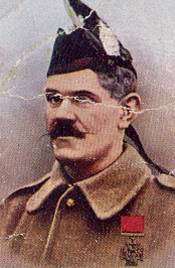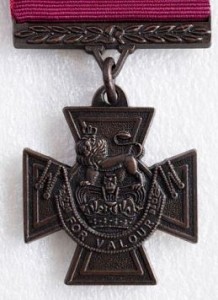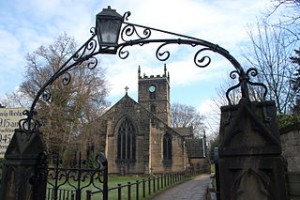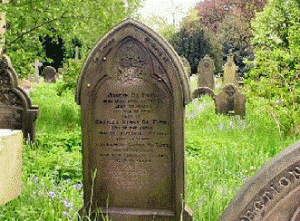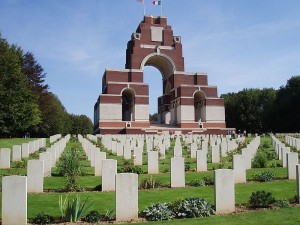Piper Daniel Laidlaw won the Victoria Cross, in 1915.
Daniel, had been born in 1875 in Berwickshire, enlisted in 1896, joining the Durham Light Infantry, serving in the army in India. He re-enlisted when war broke out and served The King’s Own Scottish Borderers and by the following year, 1915, he was 40 years of age.
The attack on the French village of Loos on the 25th of September 1915 was the first time the British had used poison gas. The gas was released and due to a change in the weather, instead of heading towards the enemy the gas came towards the allies.
London Gazette, 18 November 1915 ], Loos, France, 25 September 1915, No. 15851 Piper Daniel Laidlaw, 7th Battalion, King’s Own Scottish Borderers.
“For most conspicuous bravery prior to an assault on German trenches near Loos and Hill 70 on 25 September 1915. During the worst of the bombardment, Piper Laidlaw, seeing that his company was badly shaken from the effects of gas, with absolute coolness and disregard of danger, mounted the parapet, marched up and down and played company out of the trench. The effect of his splendid example was immediate and the company dashed out to the assault. Piper Laidlaw continued playing his pipes until he was wounded.”
Piper Laidlaw, was invested with his Victoria Cross by King George V at Buckingham Palace on the 3rd of February 1916.
Only one other piper was awarded the Victoria Cross during The Great War and that was, Scottish born Canadian soldier James Cleland Richardson
Daniel’s medals have been donated to the National Museum of Scotland, Edinburgh and are on display on the 5th floor.
To read more about Piper Laidlaw and his experiences visit the BBC Scotland website or take a look at the youtube interview with Piper Laidlaw, V.C.
Further information about Daniel Laidlaw, Victoria Cross –
Victoria Cross – click here
Battlefields1418 – click here
